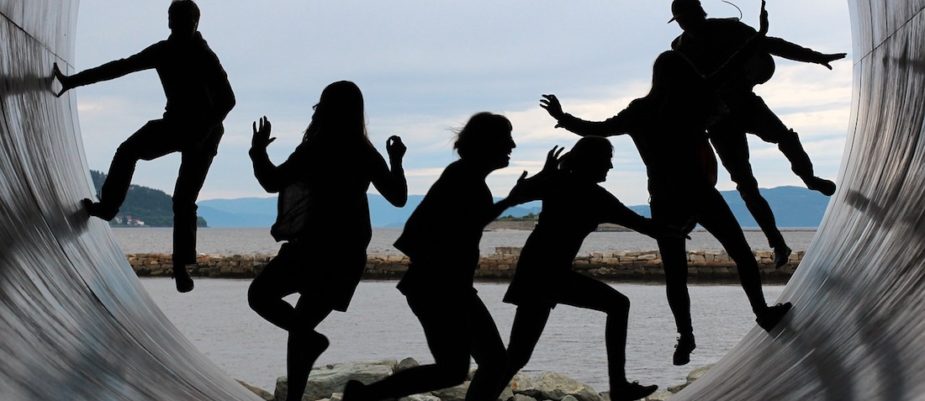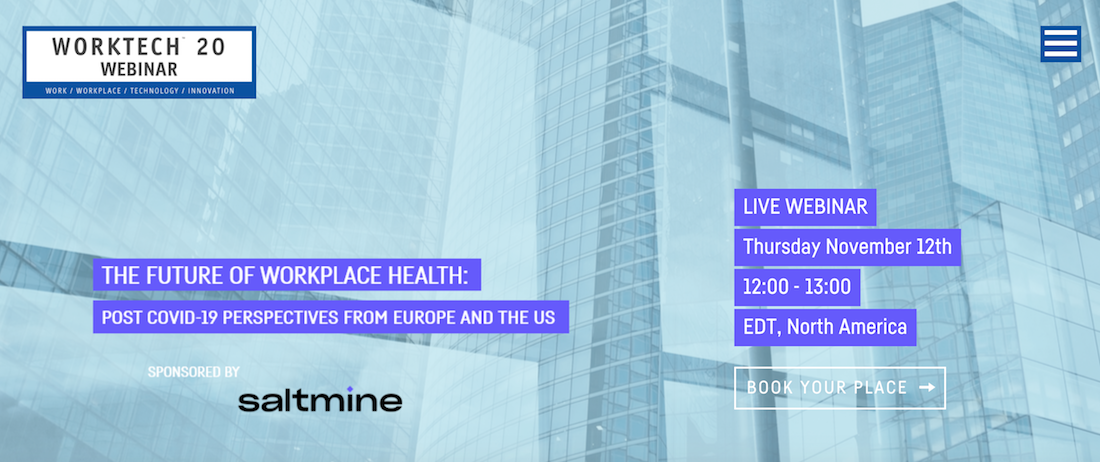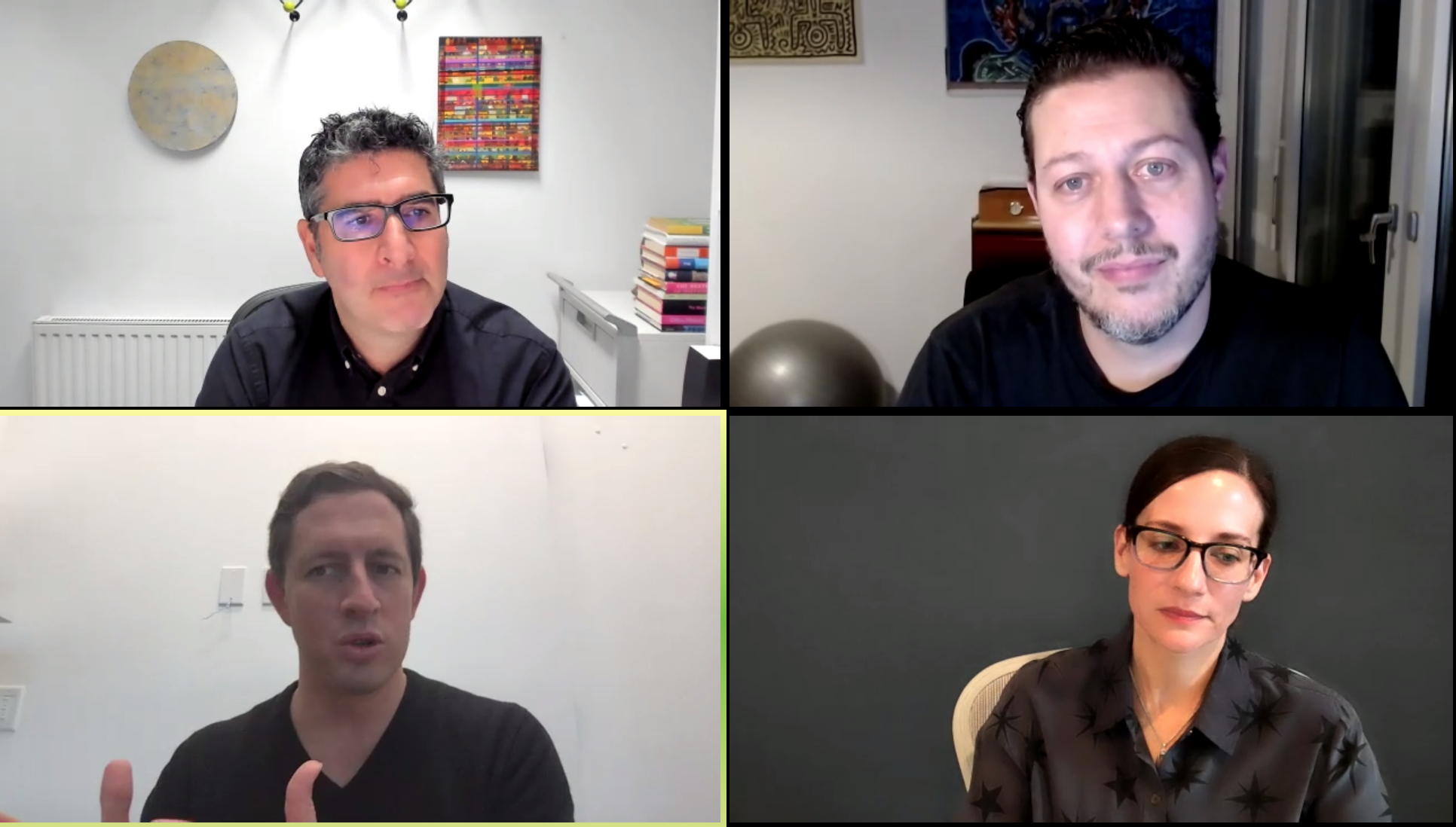
“We have many questions and few answers”. This is the perspective that guided the Workteck webinar “The Future of Workplace Health: post COVID-19 Perspective from Europe and the US”. A seminar that we have included in the WOWbinar column for its ability to provide a new perspective on the topic. It is time to go beyond the speeches on barriers, protections and paths concerning “health in the office” and move on to analyze how to maintain the cultural vitality of the office, that is, the “health of the office”. We chose three key concepts that emerged to stimulate reflection: choreography, square meters per person, information and not data.
Among the impacts of coronavirus forced smartworking, one of the greatest is certainly that of a new disaccustom to the office. While employees today have understood the real possibility of choosing where, when and how to work, the comforting news coming from scientific research gives us the possibility to draw a positive scenario for 2021: we will return to normal, but we will return to the office?
The impact that this return will have on “office health” was the main subject of the webinar “The Future of Workplace Health: Post covid-19 Perspective from Europe and the US”, organized by Worktech and attended by Luke Rondel (Director of Channel Partnerships of Saltmine), Adrienne Rowe (Global Director, Workplace Strategy of Merck) and Peter Baumann (Global Real Estate & Facilities (GRF) of SAP) coordinated by Philip Ross (Founder and CEO of UnGroup and Cordless Group).

The return to the office will be a choreography.
Returning to the office, as Adrienne Rowe pointed out, requires the ability to choreograph a large and complex set of elements. In fact, not only companies must be able to manage an alternating flow of people, but also the need to make them meet. In other words, we need to put together the flexibility needs of individuals and teams, while recreating the necessary encounters which favor hybridization and learning, two of the main pre-covid subject. Perhaps, as Philip Ross proposed, we should arrive at a kind of engineering of the meeting through big data and artificial intelligence.
Therefore, if on the one hand, problems related to the management of spaces and people arise, on the other hand new opportunities open up: the hybrid work will favour the inclusion and involvement in the company of talents even more geographically distant, giving a new meaning to terms such as agility and diversity.
Furthermore, as Adrienne Rowe pointed out, there will be no need to draw lines between the needs of the company and those of the individual. “We assume that we hire intelligent and trained professionals who want to work well. If people are involved with the same goal, their needs will correspond to what is good for the company”.
Square meters per personas.
We must start thinking about the space not in absolute terms but considering how much space a particular person needs. By person, we do not mean the individual, but the “persona”, namely the type of worker that is defined through the analysis of the performance of a given task. This is the rationale for rethinking office spaces and their choreography. Offices will become more fluid, on-demand, and perhaps, as Luke Rondel pointed out, the coworking model will return, but in an even more flexible and dynamic way.
To act adequately you need information and not data.
“The building function database does not use the same language as HR, but they both provide very important data, which we must be able to aggregate,” explained Peter Baumann in his speech.
The expansion of the workspace outside the office increases the complexity of reading data and leads to the issue of interconnecting data of different nature and sources. It is not only a problem of technology, therefore, but also of finding new ways of reading them. An important question for companies will therefore be the following: how can I obtain information (which are contextualized data) from those different sets of data in order to act adequately?
Text by Gabriele Masi.

















